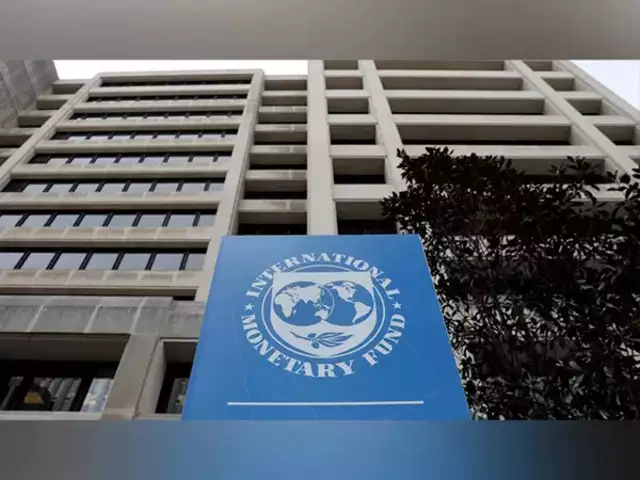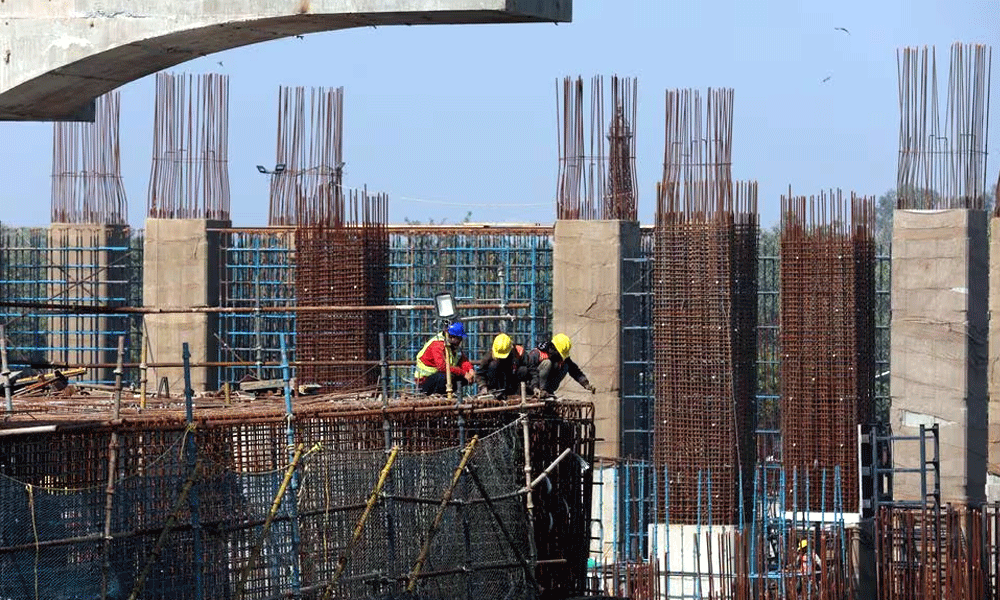PTBP Web Desk
Pakistan is set to receive a significant financial boost as the International Monetary Fund (IMF) prepares to approve a $1.2 billion tranche under its Extended Fund Facility (EFF) by December 2025. This development follows the country’s successful adherence to all performance criteria stipulated under the ongoing IMF program, signaling a positive trajectory for Pakistan’s economic recovery.
State Bank of Pakistan (SBP) Governor Jameel Ahmed confirmed that Pakistan has met all the quantitative performance criteria required for the upcoming IMF review. This achievement paves the way for the disbursement of the $1.2 billion tranche, which includes $1 billion under the EFF and $200 million from the Resilience and Sustainability Facility (RSF). The combined disbursement will bring total funding under these arrangements to approximately $3.3 billion.
Governor Ahmed highlighted several key economic indicators that underscore Pakistan’s improving economic landscape:
- Foreign Exchange Reserves: The SBP has revised its year-end foreign exchange reserves target to $17.8 billion, up from the previous estimate of $17.5 billion. As of mid-October 2025, the reserves stood at $14.5 billion, despite recent debt repaymentsCurrent Account Deficit: The current account deficit is projected to remain within the earlier range of 0-1% of Gross Domestic Product (GDP), reflecting improved external sector stability.
- Remittances: Remittance inflows are expected to exceed $41 billion during fiscal year 2026, surpassing the $38 billion recorded in the preceding year, indicating robust overseas Pakistani worker contributions.
The SBP has actively intervened in the foreign exchange market to stabilize the rupee and bolster reserves. Over the past three years, the central bank has purchased over $20 billion from the open market, continuing to build reserves after meeting external payment needs.
Governor Ahmed emphasized the SBP’s commitment to honoring external debt obligations in a timely manner. Out of the net repayable amount of $10 billion for fiscal year 2026, $3.1 billion has already been repaid, demonstrating fiscal discipline and effective debt management.
The SBP’s Monetary Policy Committee (MPC) has maintained the policy rate at 11% to ensure overall price stability. Despite improvements in the macroeconomic framework, the MPC noted that uncertain global prices, trade tensions, and domestic supply chain challenges could impact the macroeconomic outlook. Therefore, the committee opted to keep the policy rate unchanged to support economic stability
Looking ahead, Pakistan’s economic strategy focuses on sustaining macroeconomic stability and fostering growth. The government plans to re-enter international capital markets, starting with a green bond denominated in Chinese yuan, followed by a $1 billion international bond. These initiatives aim to diversify funding sources and enhance investor confidence.




